Telecommunications:
How Perseverance Talks to Earth
 Image credit: NASA/JPL-Caltech | + View Larger Image
Image credit: NASA/JPL-Caltech | + View Larger Image
Launch
Radio transmissions from the United Launch Alliance Atlas V rocket to NASA’s Tracking and Data Relay Satellite System enable ground controllers to monitor critical events and the status of both the launch vehicle and the Mars 2020 spacecraft that includes Perseverance.
The cruise stage of the Mars 2020 spacecraft will start communicating with the ground between about 70 and 90 minutes after launch, depending on when liftoff actually takes place. The variability is due to how long the spacecraft is in Earth’s shadow for each launch opportunity. Our planet’s shadow blocks light from reaching the spacecraft’s solar panels, which charge batteries that power the communications radio. Mission controllers don’t want to turn on the radio while the spacecraft is in shadow because this would draw down the batteries when they can’t recharge.
The first ground station of NASA’s Deep Space Network to receive communication from the spacecraft will be Canberra, Australia, followed a short time later by Goldstone in the California desert near Barstow.
Cruise
For the first two months of the journey to Mars, the spacecraft communicates using a low-gain antenna located on the aeroshell’s parachute cone, which is exposed through the center of the cruise stage.
As the spacecraft gets farther from Earth, a stronger, medium-gain antenna located on the cruise stage takes over. This antenna provides higher data rates but requires more accurate pointing toward Deep Space Network dishes on Earth.
Landing
During landing, the spacecraft switches between several antennas, some of which use Ultra-High Frequency (UHF) transmission (for talking with orbiting spacecraft like the Mars Reconnaissance Orbiter, which then relay the information back to Earth) and others that use more powerful X-band transmissions (for talking directly to Earth with simple messages).
X-band
Entry, descent and landing communications begin with the same low-gain antenna — located on the aeroshell’s parachute cone — used at the start of the cruise phase. As the spacecraft performs banking maneuvers related to its guided entry into the Martian atmosphere, it shifts to a tilted low-gain antenna, located on the spacecraft’s back shell. After the separation of the back shell, a low-gain antenna on the descent stage takes over.
UHF
A UHF antenna mounted on the back shell starts transmitting several minutes before atmospheric entry until the shell separates from the descent stage. A UHF antenna on the descent stage takes over from there. For the final release to the surface, the UHF transmissions will use the rover’s cylindrical, UHF low-gain antenna.
Perseverance will communicate detailed information during landing using the UHF antennas, which transmit that data to the Mars Reconnaissance Orbiter and MAVEN spacecraft. The Mars Reconnaissance Orbiter is expected to relay entry, descent and landing data to Earth in near-real-time, while MAVEN is expected to return its data after landing.
Surface
Once Perseverance is wheels-down on Mars, it will begin communicating using antennas on its deck. Communication will resume through the cylindrical, UHF low-gain antenna. During surface operations, 99.9% of science data is communicated through this antenna to passing orbiters, including NASA’s MAVEN and Mars Reconnaissance Orbiter, as well as the European Space Agency’s Trace Gas Orbiter.
Perseverance can also communicate directly with Earth using its X-band high-gain antenna (the rotatable hexagonal “paddle” toward the back of the rover). These transmissions are routinely used to send commands to the rover each morning on Mars but are limited in transmitting data back to Earth.
If the views and distance to the Earth are favorable, Perseverance can also use an X-band low-gain antenna (a stubby pole located behind the high-gain antenna). This antenna is useful for emergency communications in a variety of situations.
More on Spacecraft
-

Perseverance Rover
Learn more about this part of the spacecraft
-
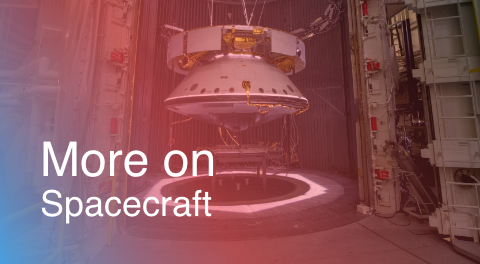
Getting to Mars
Learn more about this part of the spacecraft
-
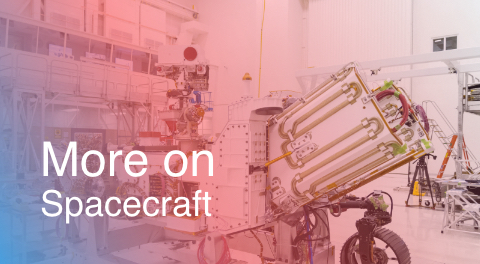
Power
Learn more about this part of the spacecraft
-
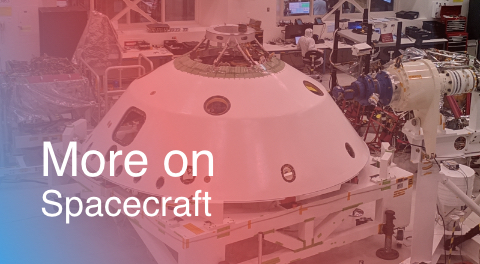
Telecommunications
Learn more about this part of the spacecraft
-
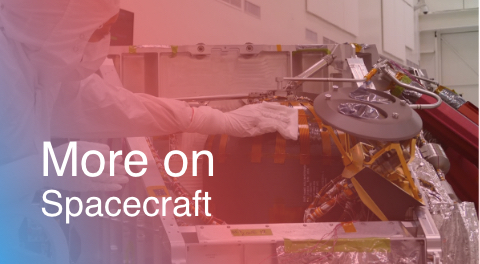
Biological Cleanliness
Learn more about this part of the mission
-
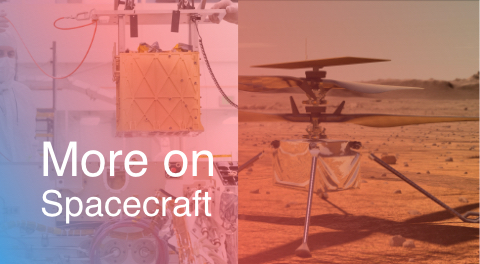
Experimental Technologies
Learn more about these technologies



